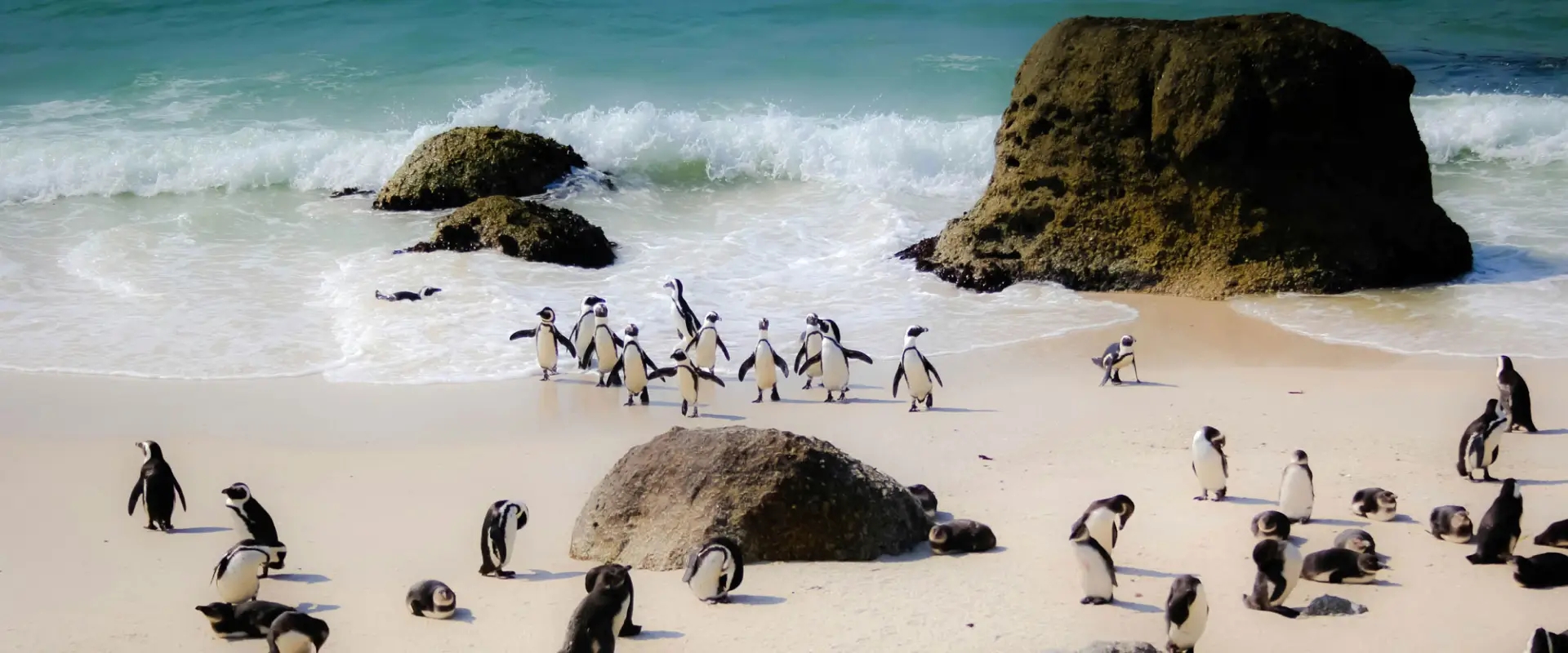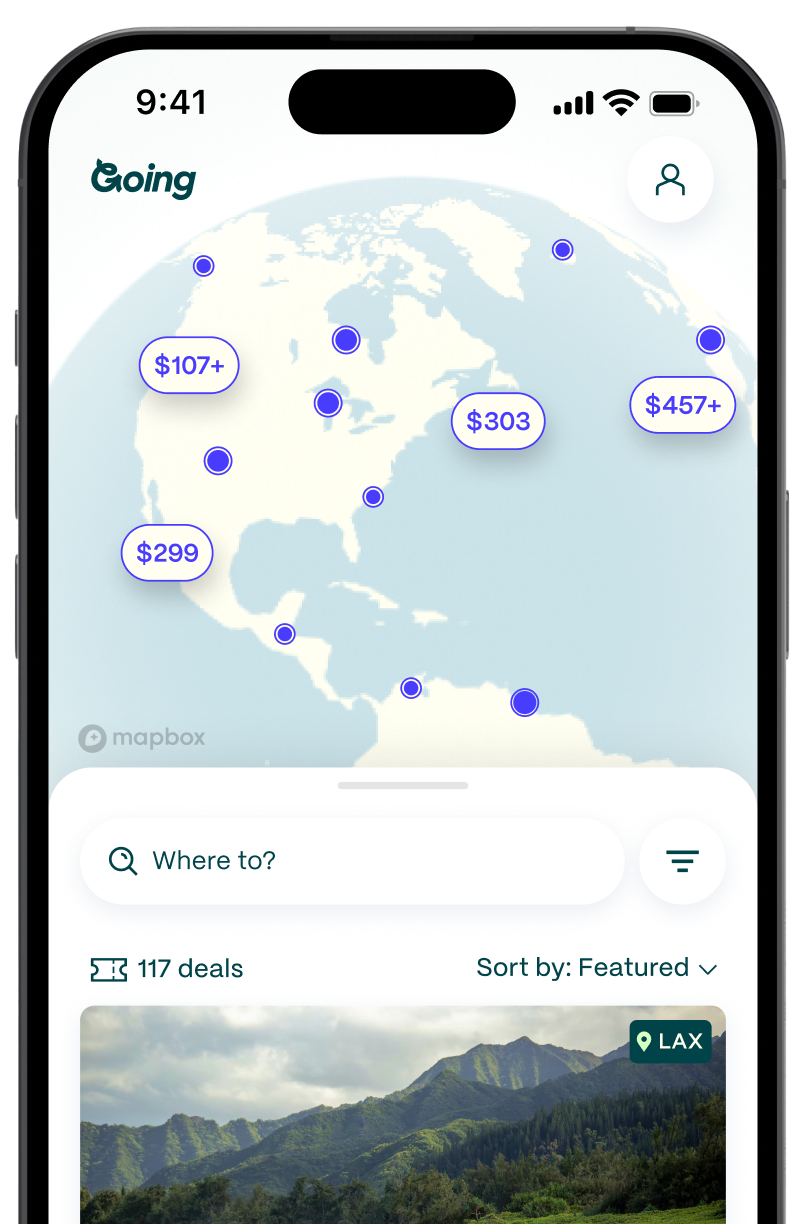
How to Have Ethical and Responsible Animal Encounters Around the World
Observing coastal brown bears in Alaska. Seeing penguins in Patagonia. Diving with manta rays in Hawaii. Watching turtles nest in Costa Rica.
As Going’s Director of Content Marketing, I’m thrilled that my team and I (and our great freelance writers and local experts) have introduced Going members to some amazing animal encounters around the world through our newsletters and articles. It’s something that’s personally important to me because seeing wildlife in its natural habitat is such an incredible experience—and one that can help fund vital research and conservation efforts and inspire travelers to make choices that protect these animals and their environment.
But not all animal encounters benefit the animals they involve, and it can be very tricky to know the difference between a responsible, ethical experience and one that’s harmful. I’ve had my own moments of uncertainty, and even among the experts, there is some disagreement and nuance to the discussion and many shades of gray.
Thursday, February 22, is National Wildlife Day, so it’s a fitting time to explore what makes an experience an ethical, responsible one that benefits animals and what you should consider when evaluating if it’s an experience you want to engage in.
Consider the Five Freedoms
One place to start is with the Five Freedoms or Five Domains of animal welfare. The Five Freedoms came from a 1965 British parliamentary inquiry into the physical welfare of livestock and were expanded in 1979 to also address mental welfare. In 1994, they were refined into the Five Domains to focus on the five areas of concern.
The Five Freedoms/Five Domains are:
- Freedom from hunger or thirst (nutrition)
- Freedom from discomfort (environment)
- Freedom from pain, injury, disease (health)
- Freedom to express normal behavior (behavior)
- Freedom from fear and distress (mental state)
If an experience clearly violates one of these freedoms, it’s likely not a responsible or ethical experience. For example, most travelers now understand the horrific methods used to train elephants to interact with people or be ridden. These elephants experience intense pain and mental distress as part of the process, and as wild animals, being ridden by humans is not part of their normal behavior. Swimming with dolphins or other sea life in captivity, where they don’t have the freedom to leave or choose not to interact, or petting captive (and usually drugged) tigers or lions are two other examples of experiences that clearly violate these freedoms.
Other experiences can be a little less cut and dry when it comes to ethics. To help you evaluate an experience and make your own decisions when traveling, here are a few more tips to help you distinguish between animal encounters that can be a great experience for both you and the animals and those that do more harm than good.
Consider how you’ll interact with the animal

“Wild animals should never be forced to engage with humans,” says Diana Edelman, who runs the vegan dining guide Vegans, Baby, and operates ethical vegan tours around the world.
And even when you are just observing, there are ethics around those experiences. “For example, if you are in a national park, are you giving the animals enough space for them to walk freely without coming across you? On safari, does the operator let numerous vehicles near the animals, or is it one or two at a time? Distance and [being] crowd-free is integral to ethical animal observation.”
For the most responsible interactions in the wild, look for operators who work only in small groups and who stress adherence to regulations around staying a certain distance from the animals as well as passive observance or interaction (e.g., no chasing the animals and no attempts at forcing them to interact with you).
More tips and resources for evaluating a wildlife encounter:
- Canadian Geographic's guide to ethical wildlife photography
- World Nomads' tips for finding an ethical safari or wildlife experience
- The World Cetacean Alliance’s list of approved responsible dolphin- and whale-watching tour operators around the world
Consider where the animals in captivity came from and how they are cared for

If you’re not interacting with animals in the wild but are instead visiting them at a sanctuary, zoo, or other location, consider how they came to be there. Were they born in captivity, and if so, why? Generally, an organization breeding wild animals with the intention to keep them in captivity and have them on display for profit is not acting in the animals' best interest.
However, some animals may not be able to live in the wild; for example, if they are injured or were rescued from captivity, they may not be able to fend for themselves and will need to be cared for by humans. In those circumstances, Go2Africa says, “Encounters involving rescued animals… must incorporate rehabilitation with an aim to release the animal back into the wild or, if release is not possible, lifelong care in humane circumstances.”
But remember, just because a place calls itself a sanctuary doesn’t mean it really is. The Global Federation for Animal Services defines a sanctuary as “a facility that provides lifetime care for animals that have been abused, injured, abandoned, or otherwise in need” and says these animals should live in a situation as close to what they would in the wild as possible—meaning ample room in a habitat similar to the wild, with minimal interaction from humans.
“If a place calls itself a sanctuary, the idea is the animals get to live their lives without working, and everything is done in the animals' best interest,” says Edelman. “A sanctuary that lets you get close to animals, touch them, bathe them, and feed them means they are still working and not actually free to live on their own and make their own decisions.”
More tips and resources for finding a responsible zoo or sanctuary:
- The Association of Zoos and Aquariums has a list on its website of all the accredited zoos and aquariums in the US and around the world
- The Global Federation of Animal Sanctuaries lists accredited sanctuaries on their site
Consider what the animal gets from this interaction

As a baseline, your interaction should do no harm to the animal. If it can help, that’s even better, though this is where things sometimes get a little sticky. Take, for example, a cafe that allows visitors to interact with animals like cats, bunnies, owls, or hedgehogs (all real types of animal cafes around the world). Owls and hedgehogs are naturally nocturnal animals, so forcing them to interact with humans during daylight in a bright cafe clearly violates the Five Freedoms.
But it’s less cut and dry with cats, bunnies, or other domesticated animals commonly kept as pets—especially if the cafe houses animals up for adoption. Catster says these cafes can be good or bad, depending on their individual rules, so look for ones that only have rescue cats (not cats from breeders), places that have vaccinated and spayed all their cats, and places which don’t allow visitors to feed the cats, pick them up, or disturb them while sleeping. It’s also best if the animals are up for adoption.
“It's always better for a place to have adoptions,” says Edelman. “I make decisions based on doing the least amount of harm, and I see no problem with a cafe sheltering animals who need homes and then uniting them with a forever home.”
Think about who really benefits from the interaction. Is the animal seeing any benefit? If not, it might not be an ethical experience. And if the animal is experiencing harm, then it’s definitely not an experience I’d feel comfortable with or recommend.
More tips for determining if you’re comfortable with an animal encounter:
- Research, research, research. Search for blogs, YouTube videos, TikToks, or Instagram posts that show what the experience is really like vs what the marketing materials say.
- Read reviews. Do they mention the animals looking emaciated, distressed, desperate for food, or living in uncomfortably small enclosures? These are red flags that the animals are being exploited.
- Check the organization’s website for details on how any revenue from the experience is spent. Most reputable sanctuaries will be nonprofits and will clearly disclose how their money goes to help the animals.
More animal encounters we love
Published February 15, 2024
Last updated February 15, 2024









